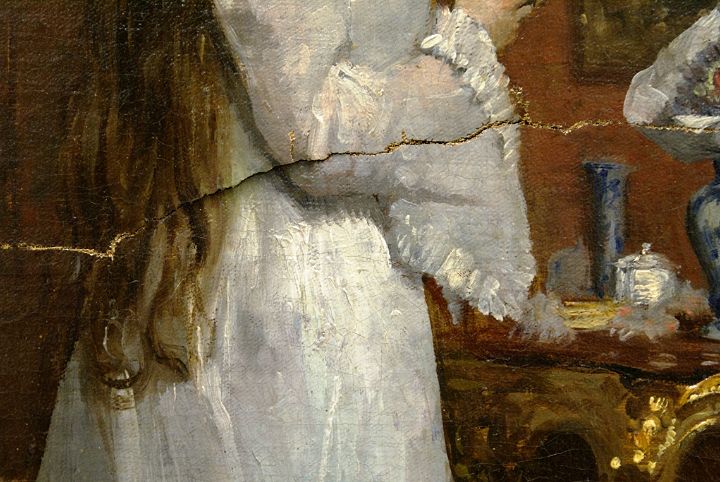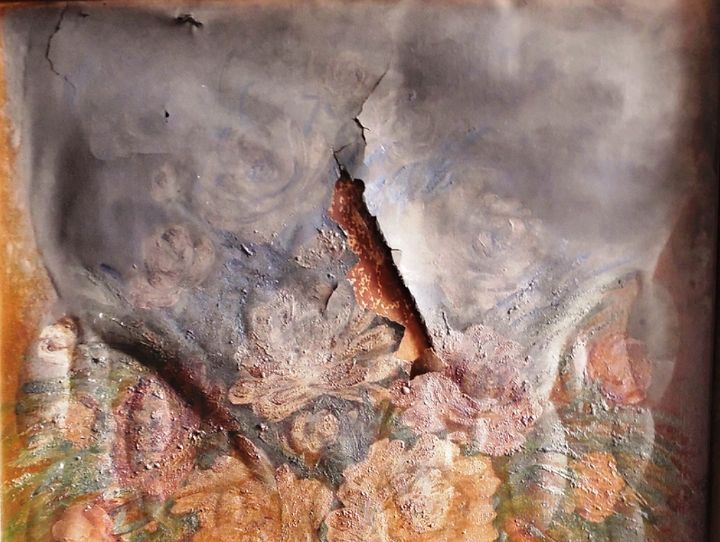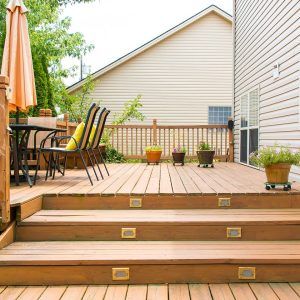Restore Your Precious Art Collection Before Digitizing It With the Artwork Archive Management System
Water damage to paintings can occur when building pipes burst, leak, or when the area floods due to heavy rains. If this happens, an emergency repair can guarantee paintings’ survival. Once restored, consider securing your art collection with the Artwork Archive cloud-based database.

Not All Water Damage Is Equal
Are your paintings wholly submerged in water, or did they suffer slight damage? Water damage varies based on the type of water involved. For instance, if it’s coastal flooding, the saltwater will leave an abrasive coating that could affect restoration once it evaporates. Freshwater damage isn’t any better as it often results in mold growth.
Note that water damage may not be immediate. Instead, it could take hours. For this reason, we recommend against air drying because each layer of the painting has a different reaction rate, and you don’t want flaky paint. Your immediate action to repair water damage should be to contact a trusted art restoration service company. Since expert assistance may not always be close, it helps when you know the correct emergency restoration procedures.
Tips for Salvaging Your Paintings After Water Damage
Here’s a list of supplies you’ll require for the emergency response.
- Different weights, e.g., water-filled bottles, sandbags, or bricks
- Wet or dry vacuum cleaner
- Sturdy boards to place inside painting stretchers, e.g., acrylic sheets or plywood
- Fans
- White tissues and blotting paper
- Dehumidifiers
- Plastic sheets/mylar
- Mobile work tables
- Fabric to pad tables
1. Carefully move the water-damaged paintings
Start by tilting the paintings to pour out excess water. Ensure two people carry the large ones. Also, be careful not to touch the paint or the decorative moldings. Prepare the transfer space beforehand, ensuring there’s enough space for each painting to lie above padded blocks. The relative humidity should not exceed sixty percent.
2. Attempt to stabilize
Gently remove any fragments on the painting’s surface. Plus, consider weighting the frames or wooden stretchers if you notice any distortion. Place paintings horizontally on flat surfaces and add padding blocks under each corner to promote air circulation. Use white tissue or blotting paper to prevent direct contact between the damaged art collection and the weights.
3. Start appropriate drying measures immediately
Prep the restoration space
- Prepare two working spaces, one for drying the paintings and the other for unframing
- Turn on fans and dehumidifiers to accelerate the drying process and maintain the room’s relative humidity
- Remove frames from paintings and place them on padded surfaces. Towels or blankets will do.
- Place padding on work tables and cover with mylar to prevent moisture buildup. We recommend extra paddings for impasto paintings

Repair based on level of water damage
The preparation steps mentioned above may likely apply to fewer paintings. Therefore, in the case of a vast collection, prioritization matters. You’ll focus on the most valuable paintings, followed by those that have begun twisting. Here’s what to do.
- Paintings that have already reacted should go on the drying tables with padding underneath and remain untouched until they dry
- Place paintings with no visible damage and low impasto face down to dry
- If you’re dealing with a painting on canvas, use blotting paper on the backside. Take care not to overlap blot paper sheets to prevent deformation. Fit a rigid board inside the painting stretcher. Add weights on the board to keep the canvas flat. Switch blotting paper after every twenty minutes and reduce frequency when they come out dry to the touch.
Following the steps mentioned in this post can prevent further water damage. However, it’s best to get a restoration company and art conservator to assess and advise on the best repair techniques. Once the situation is under control, visit our site to learn how you can begin digitizing your art.




